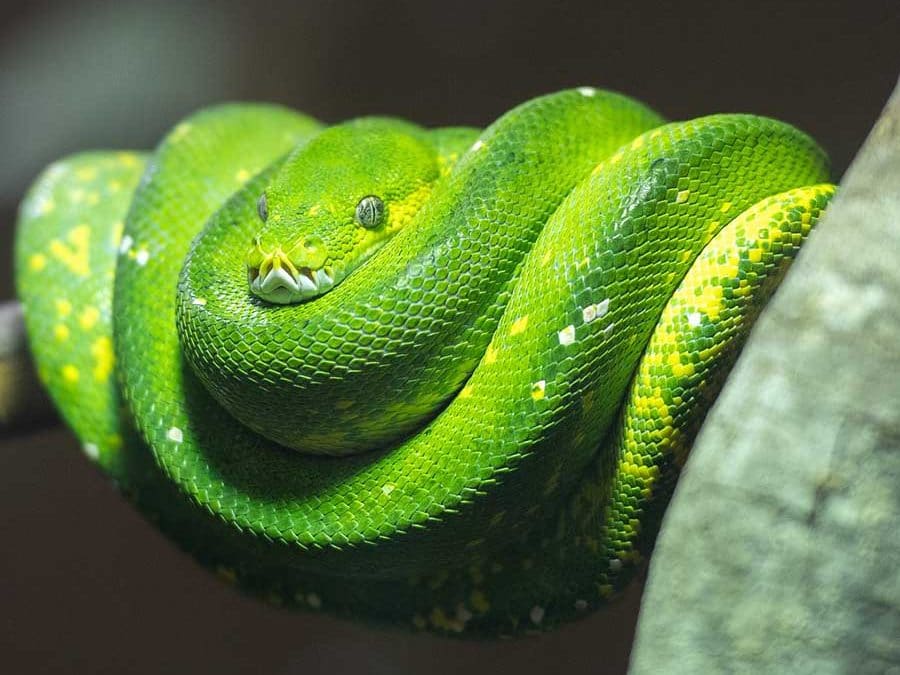Accept the Exotic: Snake for Sale Choices Await Exploration
Just How to Produce the Perfect Habitat for Your Family Pet Serpent
Producing the excellent environment for your pet snake is important to guaranteeing its wellness and health. From picking the ideal enclosure to providing the appropriate temperature level and moisture levels, there are various factors to consider when setting up an environment that resembles your serpent's natural surroundings. By comprehending the certain needs of your serpent varieties and carrying out the needed aspects in its habitat, you can develop an area where your pet can grow. Allow's explore the key elements that enter into making the perfect home for your slithery friend.
Picking the Right Room
The room serves as the snake's key environment, affecting its total health and actions. A general policy of thumb is to provide a habitat that is at least as long as the serpent's length and large enough for it to stretch out pleasantly.
Wood and PVC units provide outstanding insulation, which is crucial for controling temperature level and moisture levels within the environment. Inevitably, the enclosure should mimic the snake's all-natural habitat as closely as possible to ensure its wellness and happiness.
Setting Up Temperature Level and Moisture Degrees
In order to supply a conducive living atmosphere for your pet dog snake within the chosen room, focus to maintaining ideal temperature level and moisture degrees is paramount. Serpents are ectothermic animals, suggesting they count on exterior sources to regulate their body temperature.
Moisture degrees are just as necessary for your serpent's health and shedding process. The proper moisture degree differs relying on the serpent varieties, with most needing degrees between 40-60%. Offering a big water meal, misting the room, or making use of a reptile humidifier can help maintain ample humidity. Nevertheless, guarantee correct air flow to protect against excess moisture, which can lead to respiratory system concerns. By diligently readjusting and monitoring temperature level and moisture degrees, you can create a comfortable and secure environment for your precious family pet snake.
Providing Adequate Concealing Spots
Guaranteeing the schedule of suitable hiding spots is essential for developing a hassle-free setting for your pet snake. To imitate their natural habitat, provide at least 2 concealing places in your serpent's unit-- one on the warmer side and one on the cooler side.

Picking the Appropriate Substratum
To create an ideal habitat for your pet serpent, what aspects should be considered when webpage picking the proper substrate? Picking the ideal substratum for your animal serpent is critical for preserving its health and health. When selecting a substratum, a number of elements require to be taken right into factor to consider.
Firstly, the substratum needs to imitate the snake's natural setting as closely a fantastic read as possible. Various snake varieties have various environment choices, so it is necessary to research your specific snake's natural environment to select a suitable substratum. For instance, desert-dwelling snakes might require a sandy substrate, while forest-dwelling snakes may like an extra humid substrate like cypress compost or coconut husk.
Opt for substrates that are easy and non-toxic to tidy to maintain a sanitary environment for your pet snake. By thoroughly considering these variables, you can produce a comfy and safe habitat for your animal snake.
Offering Proper Lighting and Heating

When it pertains to illumination, snakes have details illumination needs to mimic their natural environment. Ultraviolet (UV) lights might be essential for sure serpent varieties to assist with calcium absorption and vitamin D synthesis. Not all serpents need UV illumination, so it's important to investigate your particular serpent species' needs.
To offer the appropriate balance of lights and heating, take into consideration using a mix of overhead heating lights, hot pad, and thermostats to manage temperatures precisely. Guarantee that your serpent's habitat has a temperature gradient, permitting it to move in between warmer and cooler areas as required. snake for sale. By using appropriate illumination and home heating, you can create a comfortable and healthy and balanced setting for your pet dog snake
Conclusion
To conclude, developing the ideal habitat for your animal serpent entails choosing the best room, establishing up appropriate temperature and humidity levels, supplying ample concealing spots, selecting the suitable substrate, and using proper illumination and heating. By complying with these standards, you can make certain that your serpent has a comfy and healthy and balanced environment to thrive in. Keep in mind to consistently keep track of and change the habitat as needed to fulfill your serpent's details demands.
To develop an appropriate environment for your animal snake, what elements should be thought about when choosing the appropriate substratum? Various snake species have various environment preferences, so it is vital to research your specific serpent's indigenous atmosphere to select an ideal substratum. Desert-dwelling snakes may need a sandy substrate, while my review here forest-dwelling serpents may favor an extra moist substrate like cypress compost or coconut husk.
Not all snakes need UV lights, so it's important to investigate your details snake species' demands.
:strip_icc()/pueblan-milk-snake--lampropeltis-triangulum-campbelli--460704415-5c4368dbc9e77c00014e8ade.jpg)